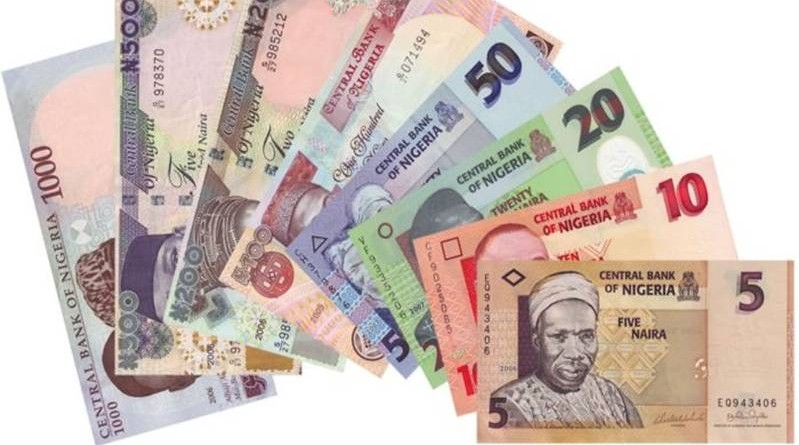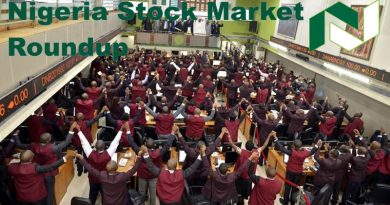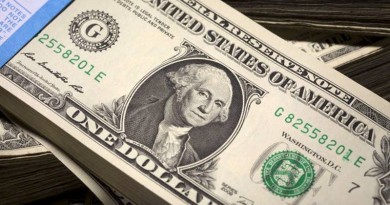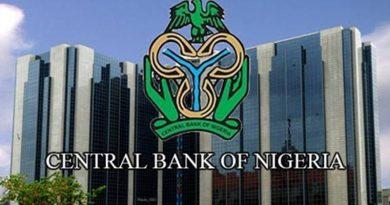CBN again devalues the Naira by 5.3% against the Dollar – Bloomberg
Nigeria’s central bank devalued the naira by 5.5% against the dollar as authorities in Africa’s biggest oil producer migrate toward a single exchange-rate system for the local currency.
The official rate to the greenback was pegged at 381 naira from 360, according to data on the website of FMDQ OTC Securities Exchange, the Lagos-based platform that oversees foreign-exchange trading.
The central bank has not issued a statement about the weakening of the naira and calls to the spokesman went unanswered.
The currency depreciation comes after Governor Godwin Emefiele earlier this year said that policy makers plan to unify its multiple exchange rates to improve the transparency of its currency-management system.
It follows a devaluation of the naira in March, when the central bank adjusted the official peg against the dollar to 360 naira from 307. At the time, Emefiele said the move was “an adjustment of price and not a devaluation of the currency.” On the central bank’s website, the quoted rate is still 360 naira to the dollar as of July 7.
In the window where the central bank sells foreign exchange to investors and exporters, also known as the nafex or I&E, the naira traded at 388.52 to the dollar as of 6:22 a.m. in Lagos. The nafex, which also acts as a spot-rate for the naira, was introduced in 2017 as a way of wooing back foreign investors spooked by an economic crisis, without formally devaluing the currency. Recently, investors have complained of lack of liquidity in that market.
The devaluation of the official rate is a positive step forward, which is what multilateral agencies and economists have long recommended, said Omotola Abimbola, a fixed-income analyst at Chapel Hill Denham Securities Ltd.
The absence of a single rate creates confusion and deters foreign investment, the International Monetary Fund has said.
“This only addresses one of the concerns of investors,” Abimbola said. “The other one, which is even more important, is increased flexibility in the I&E window and the resumption of foreign-exchange supply by the central bank in the window.”




